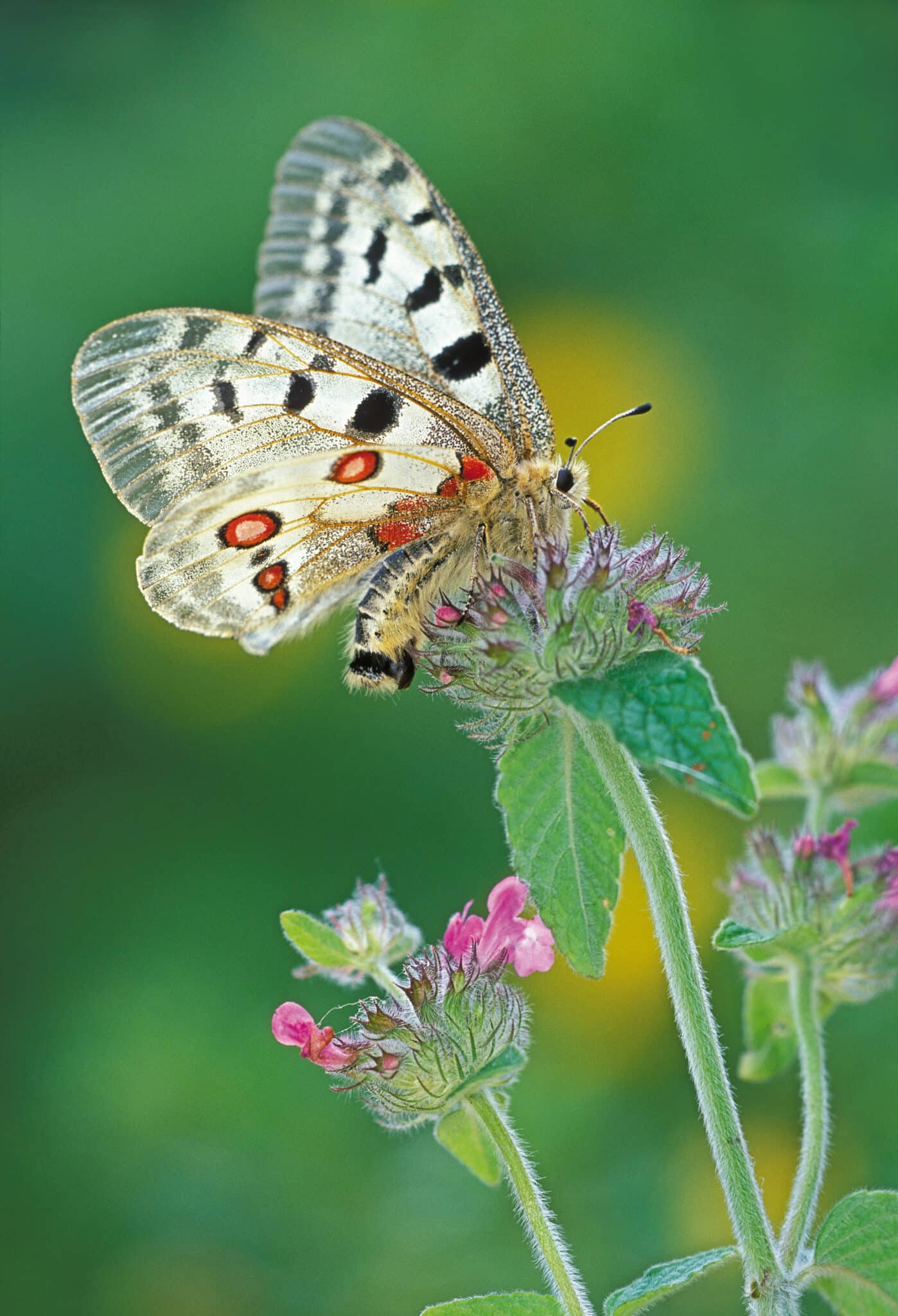


Nature is all around us, in our cities, villages, neighbourhoods, gardens and homes. One of the best ways to study nature and its biodiversity is to bring scientists and citizens together through a joint action. The Gesäuse National Park and its surroundings are particularly suitable for discovering as many species as possible.
Gesäuse National Park Region - Every man for himself and yet all together. The challenge to find as many species as possible in one region starts on Friday, 29 April at 00:01 and runs until Monday, 2 May, 23:59. The worldwide event, organised by the California Academy of Sciences in San Francisco and the Natural History Museum of Los Angeles County, attracts not only scientists but above all nature enthusiasts of all ages and educational backgrounds.
To participate, all you need is the free iNaturalist app on your mobile phone and your own account. Photos of plants, animals and fungi in the three National Park municipalities of Admont, Landl and St. Gallen can be taken and uploaded from 29 April to 2 May. It is not absolutely necessary to identify the species. Experts will do that on the basis of the uploaded photos. Finally, on 9 May, the results will be announced.
Over the past six years, observations made during the Challenge have helped scientists identify patterns of change in biodiversity at global and local scales. In 2021, City Nature Challenge participants around the world collected a record-breaking 1,270,000 observations!
How does it work?
Participation is very easy for everyone:
Further tips and more detailed information can be found on the homepage of the Gesäuse National Park https://nationalpark-gesaeuse.at/nationalpark-erleben/kalender/veranstaltungen
Or the joint website of all participating Austrian regions https://www.citynaturechallenge.at/
How many species will we find together?
Enquiry notice:
Magdalena Kaltenbrunner, Tel: 0664-82 52 310
Email: m.kaltenbrunner@nationalpark-gesaeuse.at
Photos and illustrations:
Please insert the logo of the City Nature Challenge and the Natural History Museum (see below in the downloads).
Download link:
Rights notice: Use exclusively for reports in connection with this press release and with citation of the image rights. Any other use of the image material requires the consent of Gesäuse National Park GmbH.

© Leander Khil

© Stefan Leitner

© Stefan Leitner

© Stefan Leitner